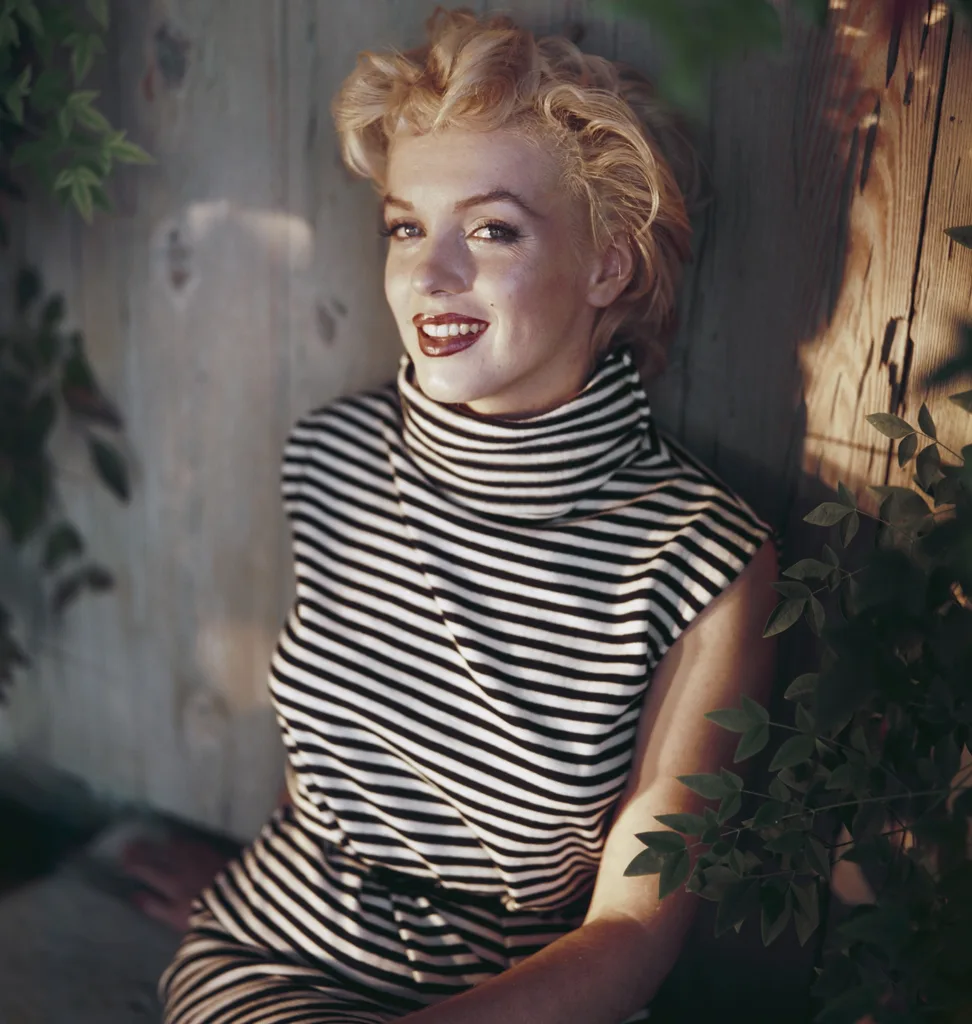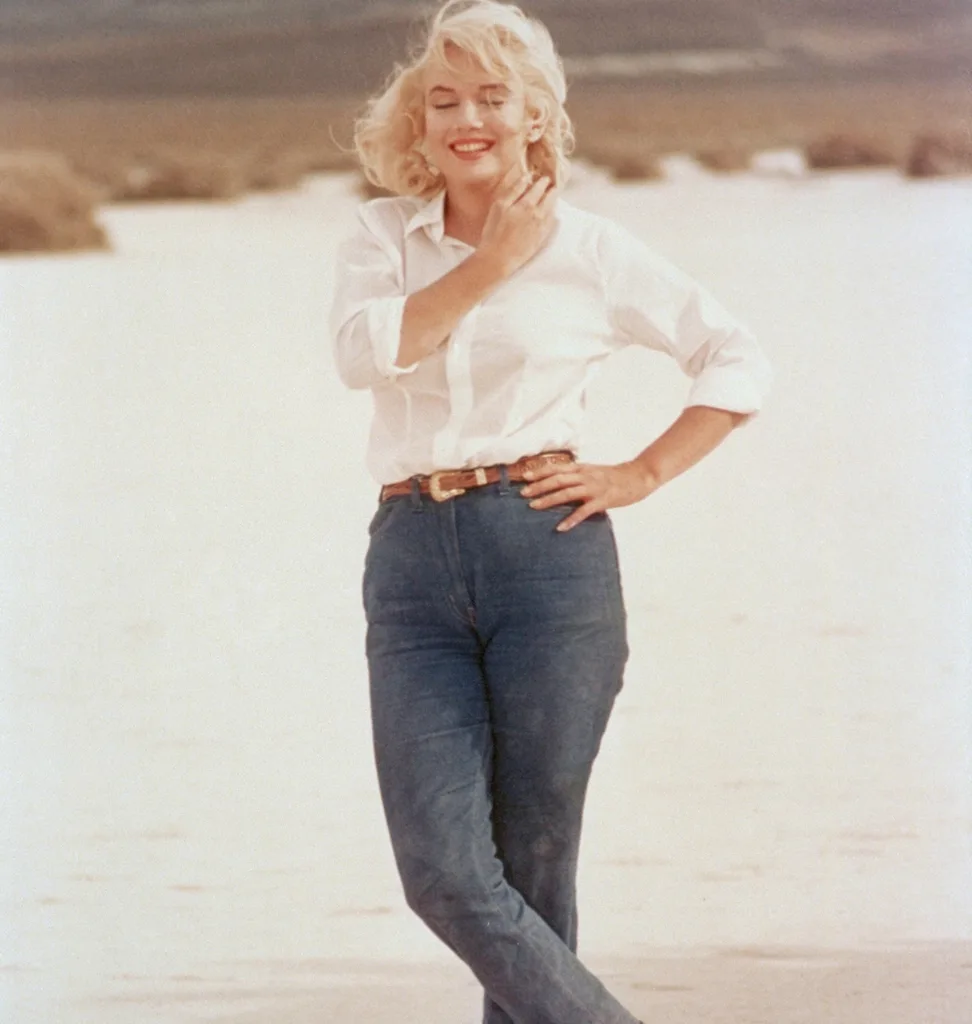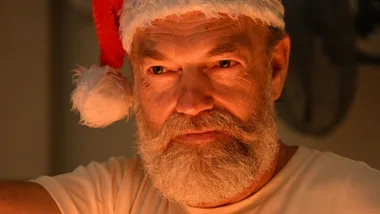Trigger Warning: this article mentions mental illness and substance abuse and may be distressing to some readers.
The chokehold Marilyn Monroe had, and continues to have over Hollywood is incomparable. She ushered in a new era of film in colour, while her sex symbol status helped catalyse the liberating revolution of the 60s.
When she died in her LA home on August 4, 1962, an outpouring of grief from her staggering fanbase stretched to all corners of the world—and it left everyone asking the same question: How did she die?
Now, Monroe’s life has been thrust back into the limelight with Netflix’s new film, Blonde, which delves into a side of Monroe we’ve rarely seen. But while it’s based on some true events, the two and a half hour spectacle doesn’t refrain from exaggerating (and, at times fully fictionalising) the details.
The final scene sees Monroe (played by Ana de Armas) discovering that her ex-lover was impersonating her dad, leading her to overdose on prescription drugs and alcohol. As the screen goes black, it’s implied that she has died.
But is that what really happened?

How did Marilyn Monroe die?
Monroe died after overdosing on barbiturates, a drug used to treat a range of illnesses including seizure disorders, insomnia, and preoperative anxiety.
She died in the evening of Saturday, August 4, 1962, and her body was found early on Sunday morning when her housekeeper Eunice Murray woke up at 3.30am and sensed something was wrong.
She walked to Monroe’s room to discover her light was still on, and when she received no response, she looked in through a window to see Monroe lying face down on her bed clutching a telephone. Murray called Monroe’s psychiatrist Ralph Greenson who quickly arrived and smashed her door down. It was there they discovered the actor had died.

What happened in the lead-up to her death?
Monroe had several significant conversations on the last day of her life. The first was with a photographer, Lawrence Schiller about a possible Playboy spread featuring naked photos of the actor taken while filming, Something’s Got To Give.
She spoke to several friends on the phone from her home, and in the afternoon, her psychiatrist Greenson arrived to conduct a therapy session. Monroe had been suffering from mental illness and substance abuse for several years, subsequently requiring frequent sessions with the psychiatrist. On this day, he stayed with the movie star for three hours, and on his departure, Greenson asked Monroe’s housekeeper Eunice to stay overnight and keep an eye on her.
At about 7pm Monroe received a call from Joe DiMaggio Jr., her former step-son, who told her that her ex-husband Joe DiMaggio had broken up with his girlfriend. At around 7.40pm, Monroe phoned Greenson to tell him about the breakup. The calls raised no alarm.
At 8pm, Monroe went into her bedroom and received a call from fellow actor Peter Lawford who was trying to convince her to attend his party that evening. According to Lawford, Monroe sounded like she had taken drugs and began telling him to say goodbye to various people, including himself, “Because you’re a nice guy,” she told him.
The next record of Monroe was when her body was discovered by her housekeep and psychiatrist at 3.30am.
An autopsy was quickly arranged the following day and police deemed her death as non suspicious after the toxicological analysis concluded that the cause of death was acute barbiturate poisoning. Police also found empty bottles the medicine next to her bed.
If you or someone you know needs help you can call Lifeline on 131 114 or Beyondblue 1300 224 636.









